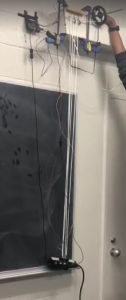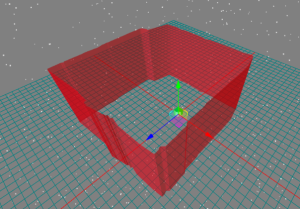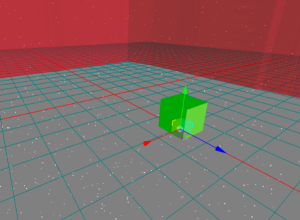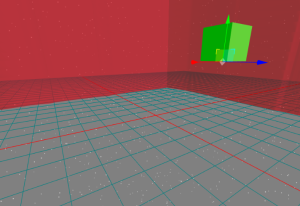This week, my primary focus was on developing the furniture classification component of our project. I successfully implemented a multi-label image classification model using Keras. However, initial testing revealed that the model’s accuracy is currently low. To address this, I am exploring several strategies to enhance the model’s performance:
- Experimenting with Different Optimizers: I’m testing various optimizers to find the most effective one for our model, aiming to improve the learning process and, consequently, the accuracy.
- Data Augmentation: Recognizing that our training dataset is somewhat limited (comprising approximately 400 images), I’m employing data augmentation techniques to increase the diversity of the training set. This should help the model generalize better to new, unseen images.
- Pretrained Model Evaluation: As an alternative approach, I’ve tested a pretrained model that could potentially be adapted for our use case. This might offer a shortcut to achieving higher accuracy without the need for extensive training from scratch.
Another task I worked on this week was updating our point cloud processing code to accommodate a tilting LiDAR setup. This update is crucial because capturing scans at different angles alters the method required for converting scans into 3D points, due to the LiDAR’s rotation around an axis. This adjustment is essential for accurately generating 3D models from the varied scan data.Due to the additional considerations introduced by the tilting LiDAR, we’ve had to make some adjustments to our project schedule. Specifically, the method for generating meshes from the LiDAR data will need to be revised to account for the varied angles of the scans. This has slightly shifted our timeline and project milestones.
Looking ahead to next week, I plan to finalize and test the updated code for processing point clouds from the tilting LiDAR. This involves ensuring that scans captured at different angles are accurately converted into 3D points and integrated into our mesh generation process. I will also continue working on improving the accuracy of the furniture classification model.
For verification, I plan to test the point cloud code with LiDAR scans taken at a range of angles. This will help us understand how tilt angles impact the accuracy of the 3D models and identify better scan strategies. For the furniture classification model, implementing cross-validation techniques will ensure the model’s robustness and generalizability by evaluating its performance across different subsets of the data.









